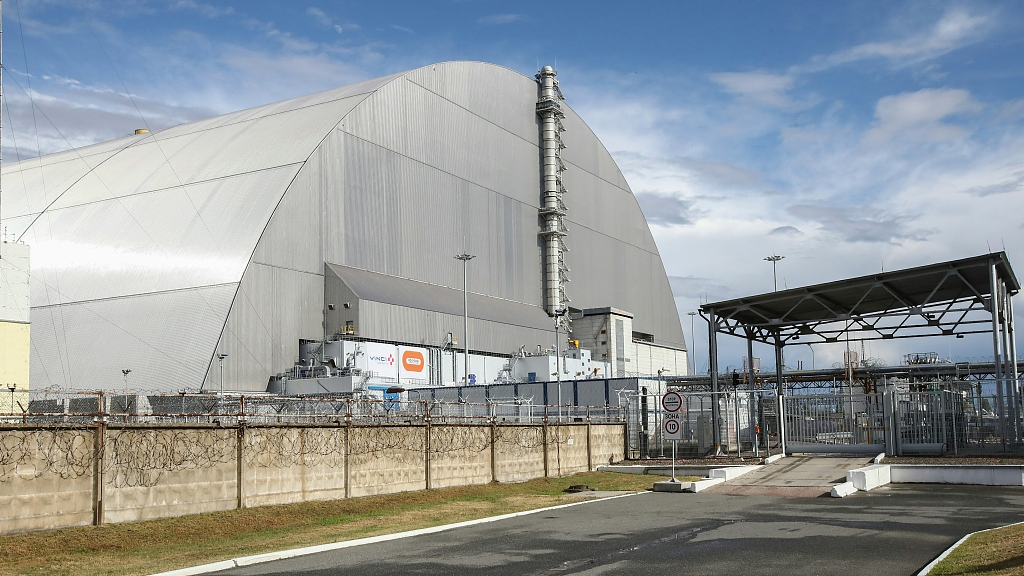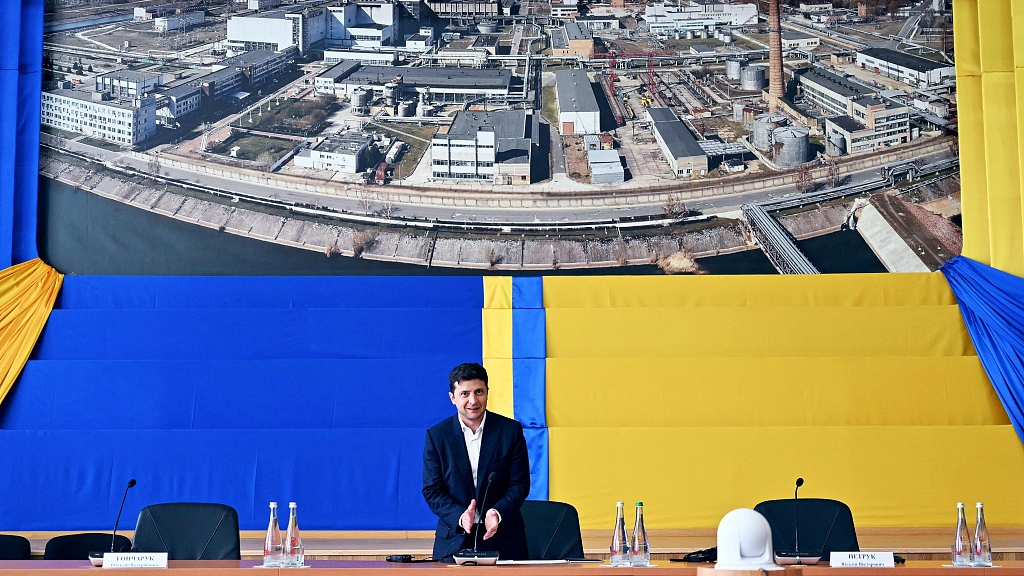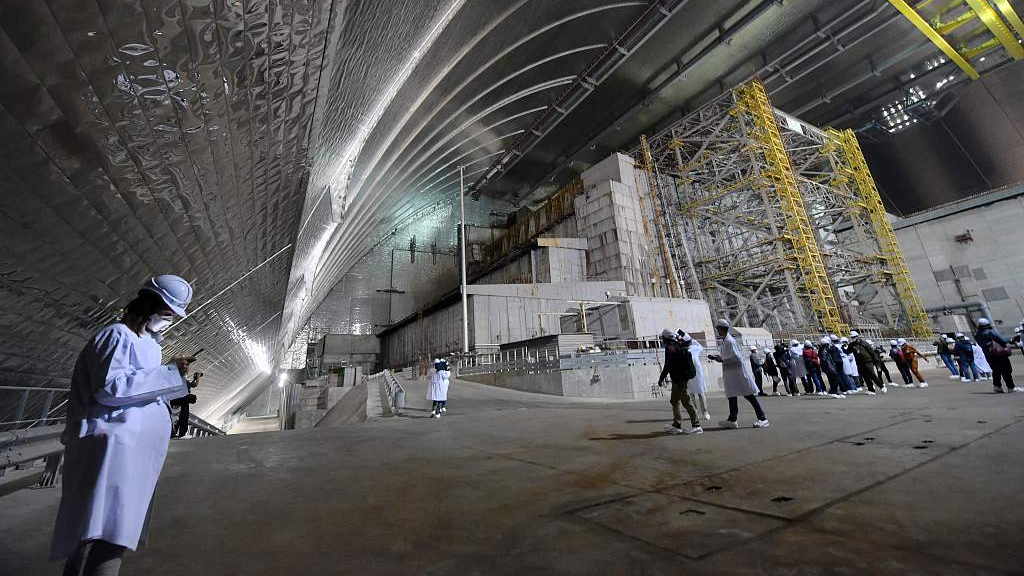

The Chernobyl disaster that took place in Ukraine was considered as the world's worst nuclear accident in history, but the country is now going to make the site a tourist attraction, the country's president said on Wednesday. /VCG Photo

Ukrainian president Volodymyr Zelensky signed a decree that outlined plans including building new walking rails, enhancing mobile conceptions as well as lifting bans on filming. /VCG Photo

The president said Chernobyl had always been a "negative part" for Ukraine and they hoped to change it by opening the site for scientists, ecologists, historians and tourists to visit. /VCG Photo

A new metal dome, which cost 1.7 billion U.S. dollars to be built and encase the destroyed reactor, was unveiled by the president during an inauguration ceremony. /VCG Photo

A reactor at the Chernobyl power station exploded in April 1986, sending a radioactive plume across the Europe and leaving nearly 50,000 square kilometers of land contaminated. At least 31 people were killed immediately afterwards and more than 600,000 were reportedly exposed to high radiation levels. /VCG Photo

Copyright © 2018 CGTN. Beijing ICP prepared NO.16065310-3
Copyright © 2018 CGTN. Beijing ICP prepared NO.16065310-3